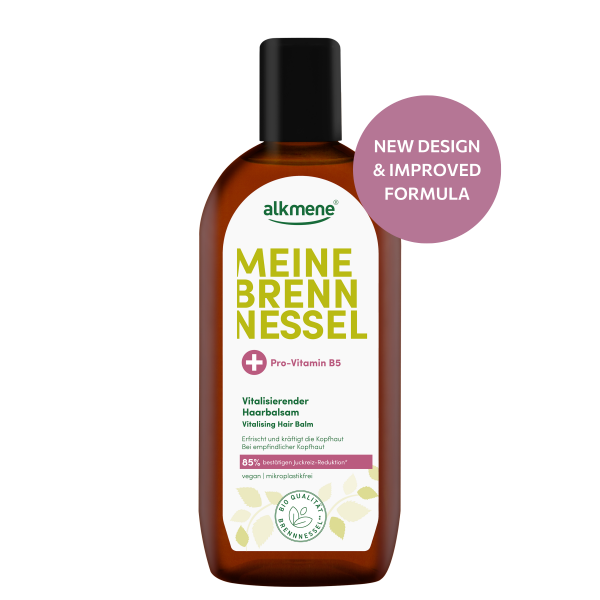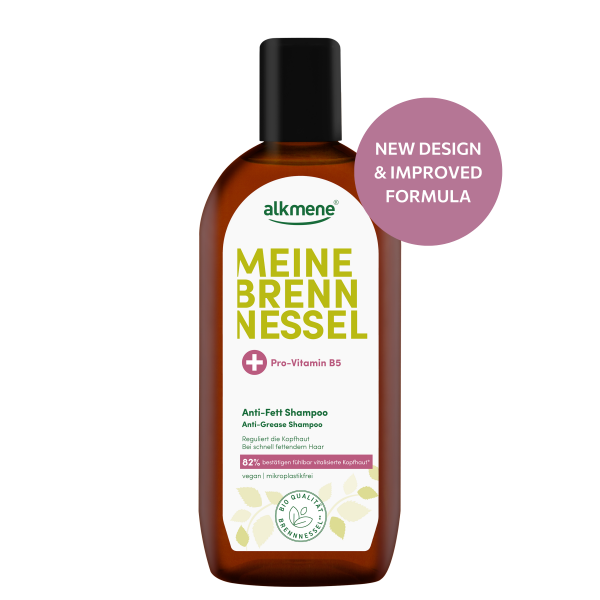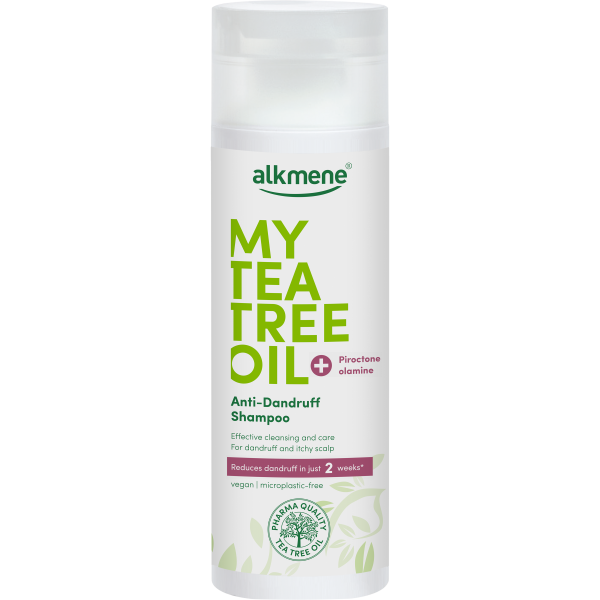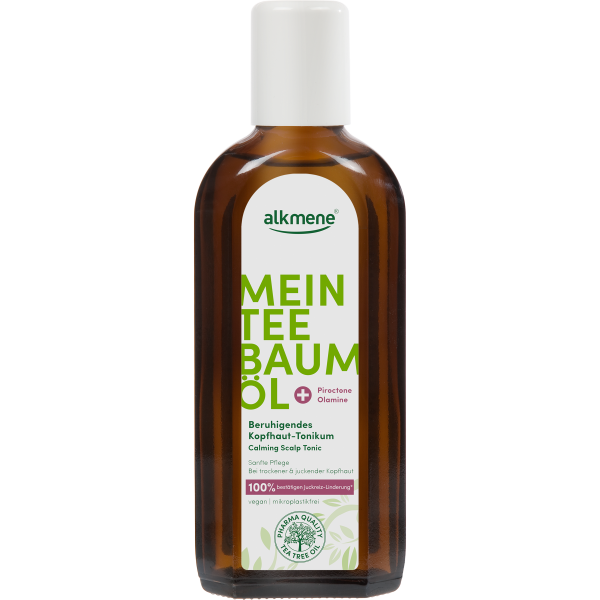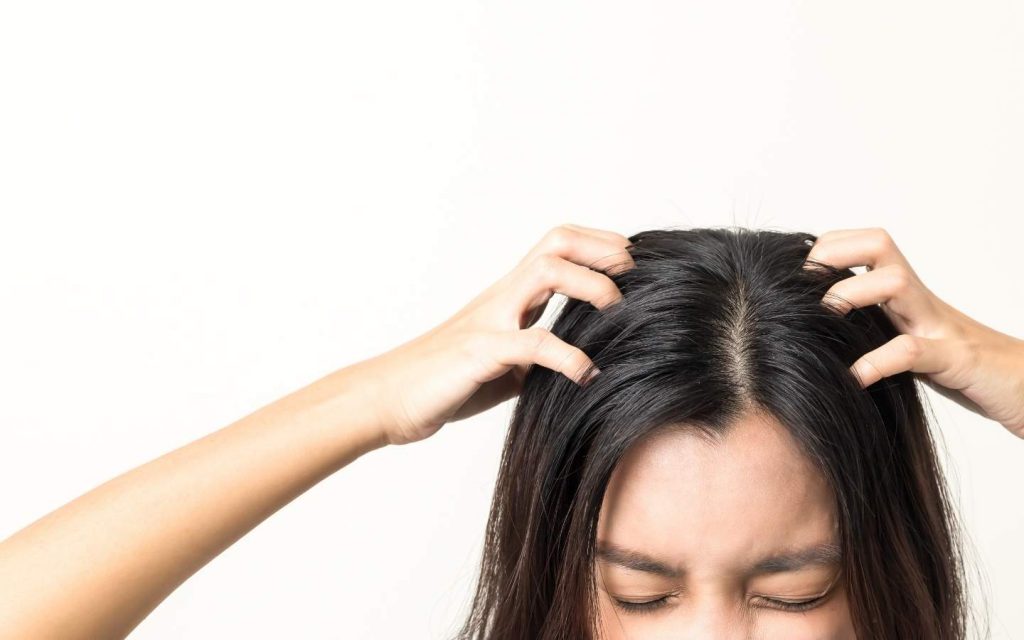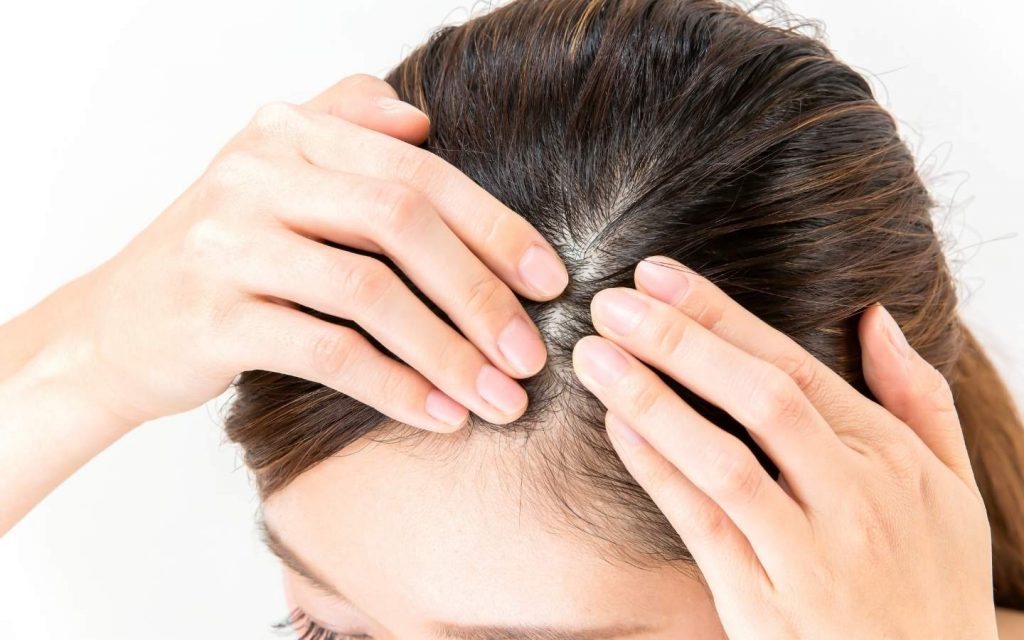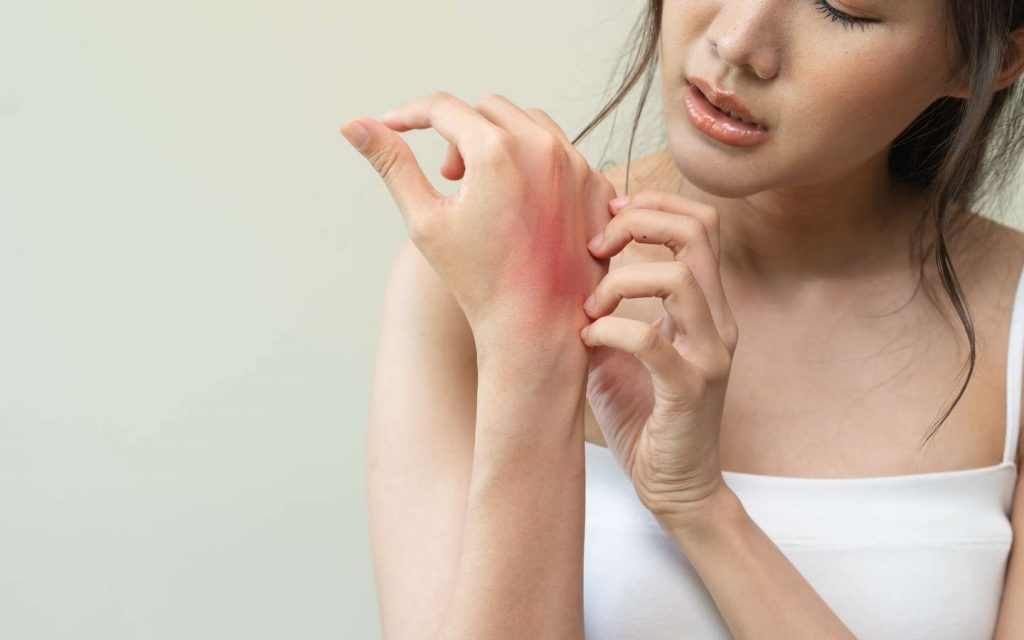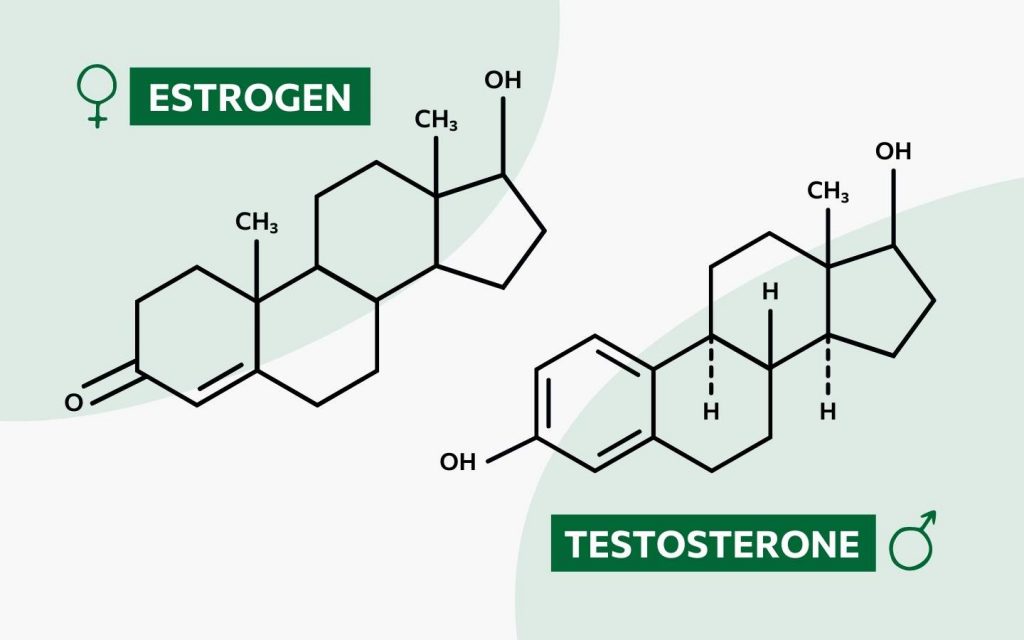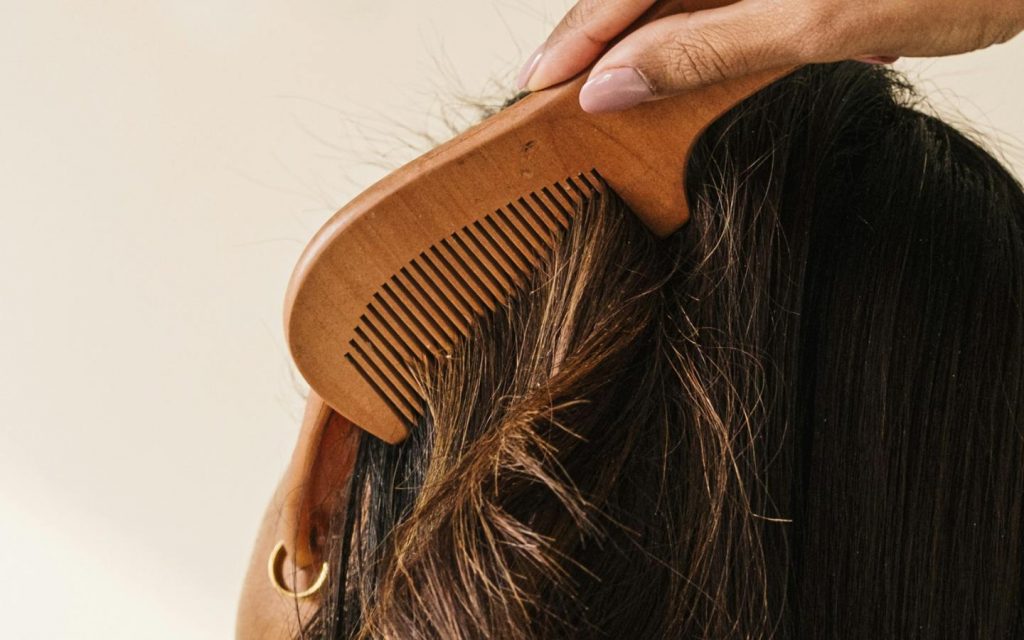
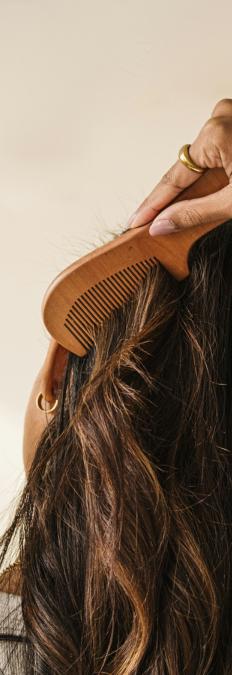
Oily hair – a problem that many people are familiar with and that causes a great deal of insecurity. Shortly after washing, the first strands look heavy and shiny, the hairstyle loses its hold and the feeling of freshness is blown away. But why is this actually the case? There are many possible causes: from natural skin processes and hormonal fluctuations to minor mistakes in hair care. All of these can lead to the scalp’s sebum production being stimulated. In this article, you can find out more about the causes of oily hair and get helpful tips on how to balance your scalp so that your hair looks fresh and well-groomed for longer.
Causes of oily hair: Why the scalp sometimes overreacts
Oily hair can be caused by a variety of internal and external factors that often interact with each other. However, a lack of care is usually not the cause. Oily hair occurs when the sebaceous glands produce more oil than is needed. This can affect both men and women.
Sebum production is often genetically determined, which means that some people naturally have more active sebaceous glands, resulting in a greasier scalp.
During puberty, men often experience an increase in androgens (sex hormones), which stimulate sebum production in the scalp. Women, on the other hand, regularly experience hormonal fluctuations during their menstrual cycle, which can lead to phases of increased sebum production. Hormonal changes can also affect the balance of the scalp during particular phases of life such as pregnancy or the menopause. Many women also report that their hair becomes greasy more quickly after stopping the pill – an effect that can also be attributed to the change in hormone balance and increased sebum production.
One of the biggest triggers for oily hair is stress. This stimulates the production of cortisol, which activates sebum production.
Personal hygiene is important, but washing your hair too often dries out the scalp. The sebaceous glands try to compensate for the loss of moisture by overproducing oil – the hair becomes greasy more quickly.
Every scalp has individual needs and not every product suits everyone. What works for one person may have the opposite effect on another. Shampoos that are not tailored to your own hair type or products with aggressive ingredients can unbalance the scalp and unnecessarily stimulate sebum production. In addition, residues of conditioner or styling products that have not been thoroughly rinsed out can cause hair to appear greasy more quickly.
Do you eat a diet high in sugar, fat and refined carbohydrates? Then this can also promote sebum production and quickly greasy hair, as can a lack of vitamins or minerals (zinc, vitamin B6). Prefer foods such as wholegrain products or fresh fruit and vegetables instead.
Frequent touching with the hands or combing the hair distributes the grease from the scalp to the ends of the hair, which makes the hair look greasy more quickly.
Seborrhoea or hormonal disorders such as polycystic ovary syndrome (PCOS) can affect sebum production.
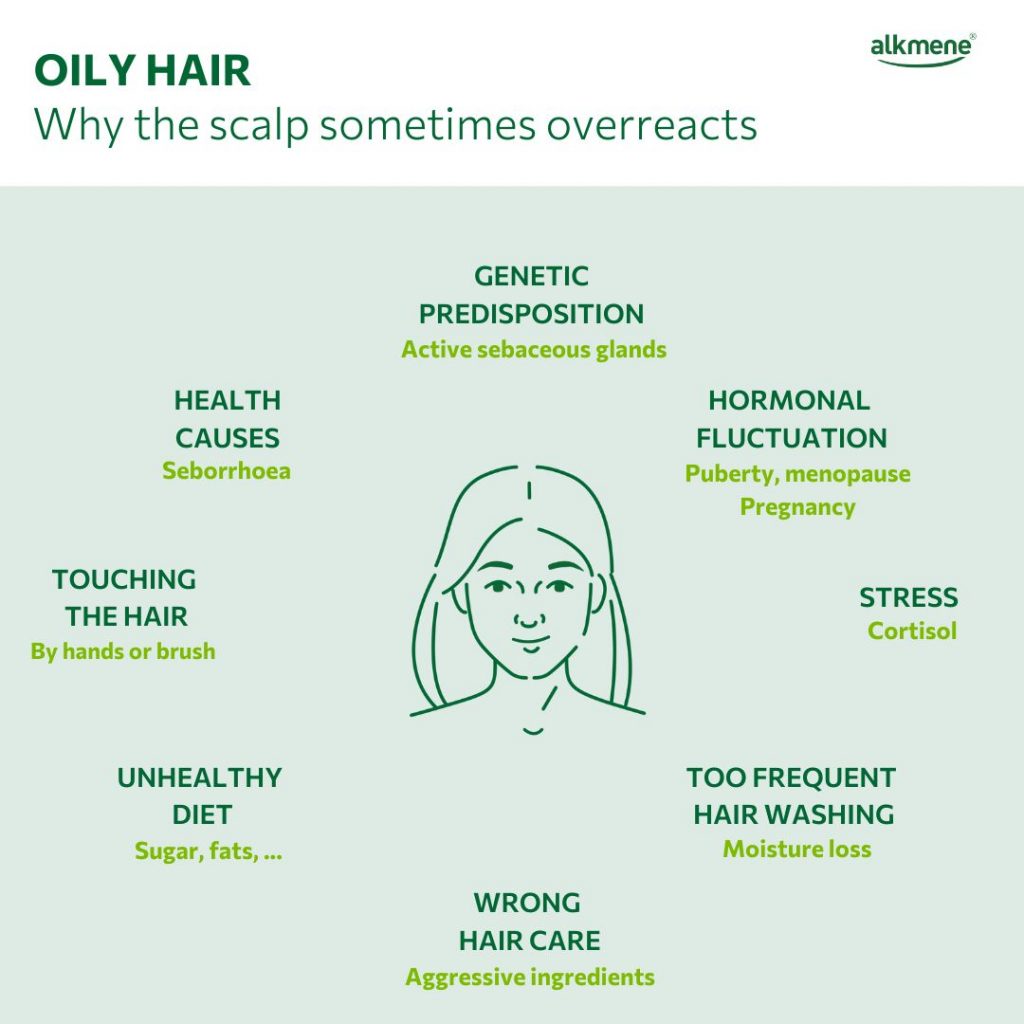
Tips to prevent oily hair
If you suffer from oily scalp, it may be helpful to start by reducing or avoiding the influencing factors mentioned above in order to promote the health of your scalp and reduce sebum production. Reducing stress or changing your diet, for example, can quickly have a positive effect if these are the underlying causes. If the problem persists, the following options may be useful:
1. Hair care tips
- It makes sense to wash your hair in the morning, as the sebaceous glands are most active at night.
- When shampooing the scalp, it is important not to massage too vigorously, otherwise this will also stimulate sebum production.
- Water that is too hot when shampooing or too high a temperature when blow-drying also stimulate the sebaceous glands. Therefore, pay attention to the temperature, especially if you wash your hair frequently. Always use heat protection when blow-drying or let your hair air dry.
- Greasy hair is usually particularly noticeable with bangs. It is therefore better to wear a middle or side parting.
- Clean your brushes and combs regularly with a mild shampoo to remove excess sebum and styling residue.
- You can also clean your curling iron and straightener with a damp cloth if you use them frequently.
2. Helpers from nature
- Nettle is a proven ingredient in hair care and is particularly valued for its ability to regulate sebum production. In our MY NETTLE Anti-grease Shampoo and MY NETTLE Vitalizing Hair Balm, the plant acts directly on the scalp and helps to balance oil and moisture. It is also rich in vitamins, minerals and valuable secondary plant substances. The mild ingredients are gentle on the scalp and do not dry it out.
- If you mix healing clay powder with water to make a paste, leave it on the scalp for 20 minutes and then rinse it out thoroughly, it can help to degrease the scalp.
Tips for immediate help
Sometimes you just don’t have time for a thorough hair wash, but that doesn’t mean you have to leave the house with greasy hair. There are quick and easy solutions to help you keep your hair looking fresh and well-groomed – without shampoo.
1. Styling suggestion
A loose ponytail, bun or braided hairstyle can conceal the excess grease in your hair and make it look stylish at the same time. A hair band can provide immediate relief in particularly acute cases, as it not only helps to conceal greasy roots, but also adds structure to your look.
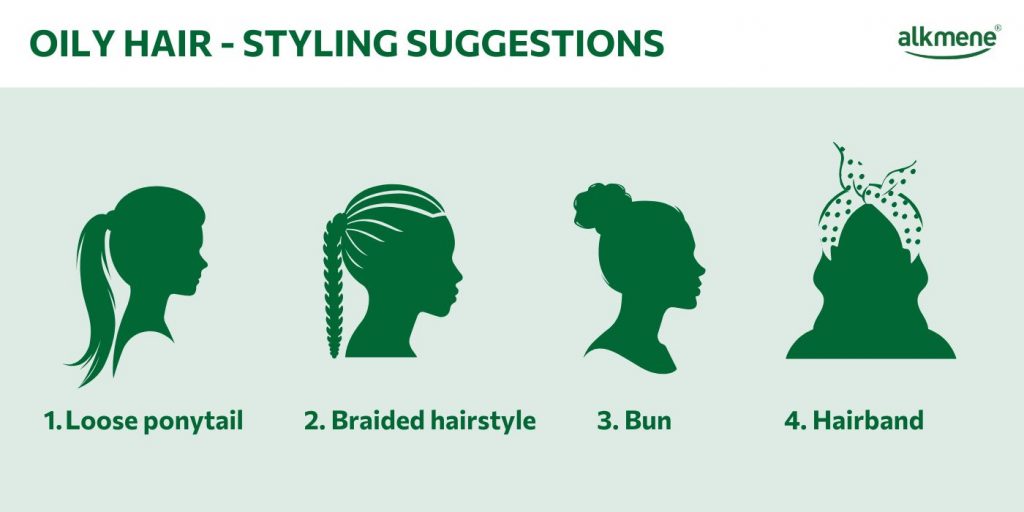
2. Baby powder
Baby powder is a quick and easy solution to freshen up greasy hair in no time at all. Sprinkle a small amount of powder on the roots and gently massage it in. The powder absorbs excess oil and gives your hair more volume and freshness. Make sure to distribute the powder well to avoid white residue. Baby powder is a great alternative if you don’t have dry shampoo to hand but still want to leave the house with well-groomed hair.
